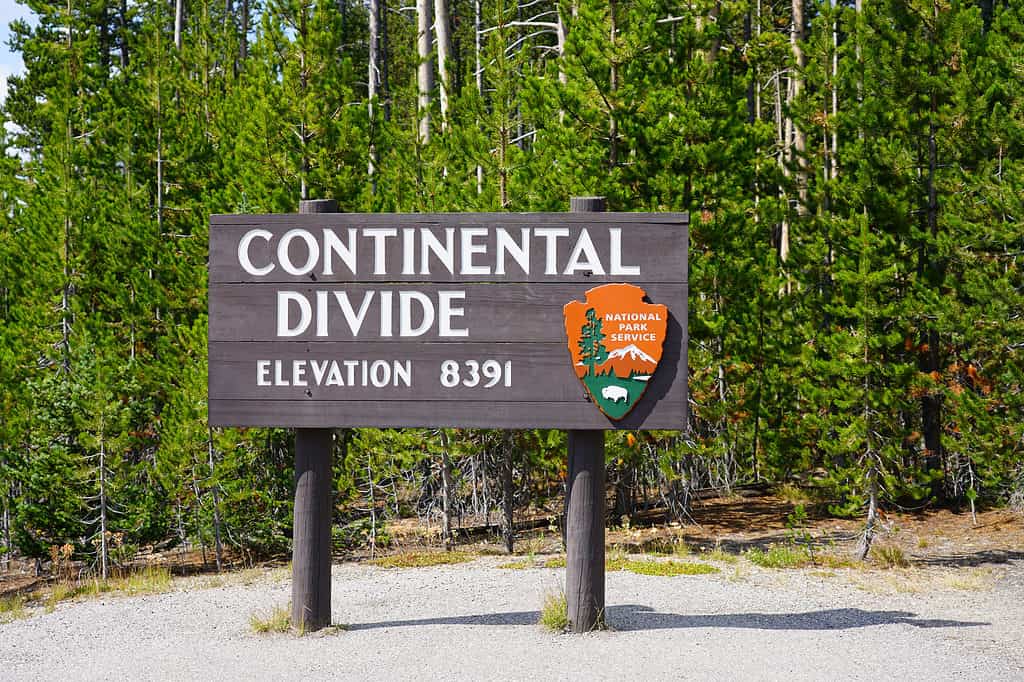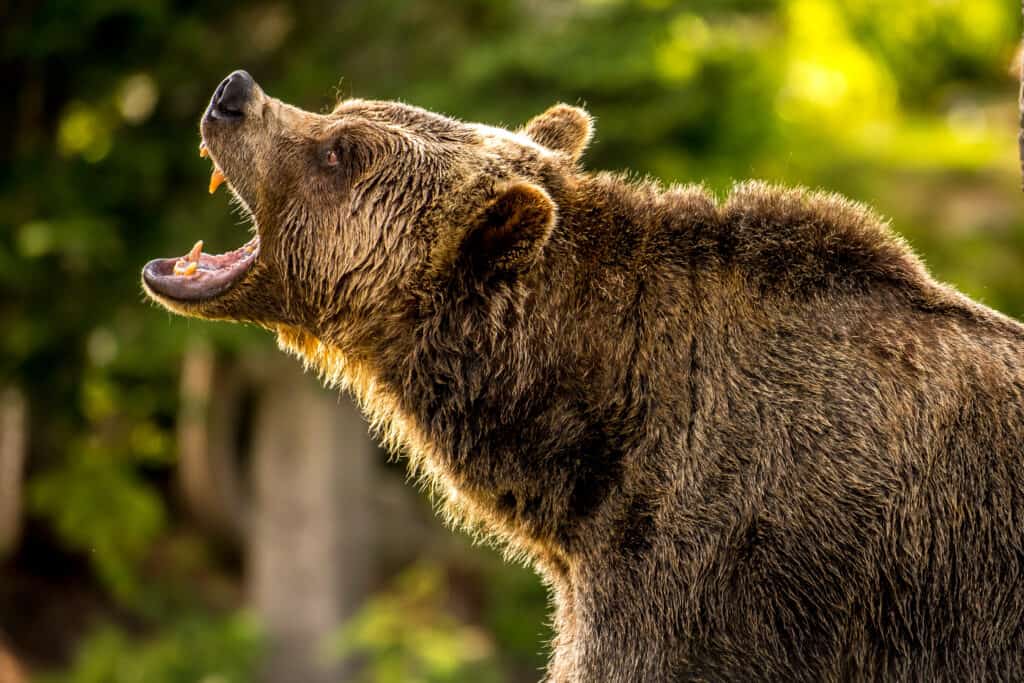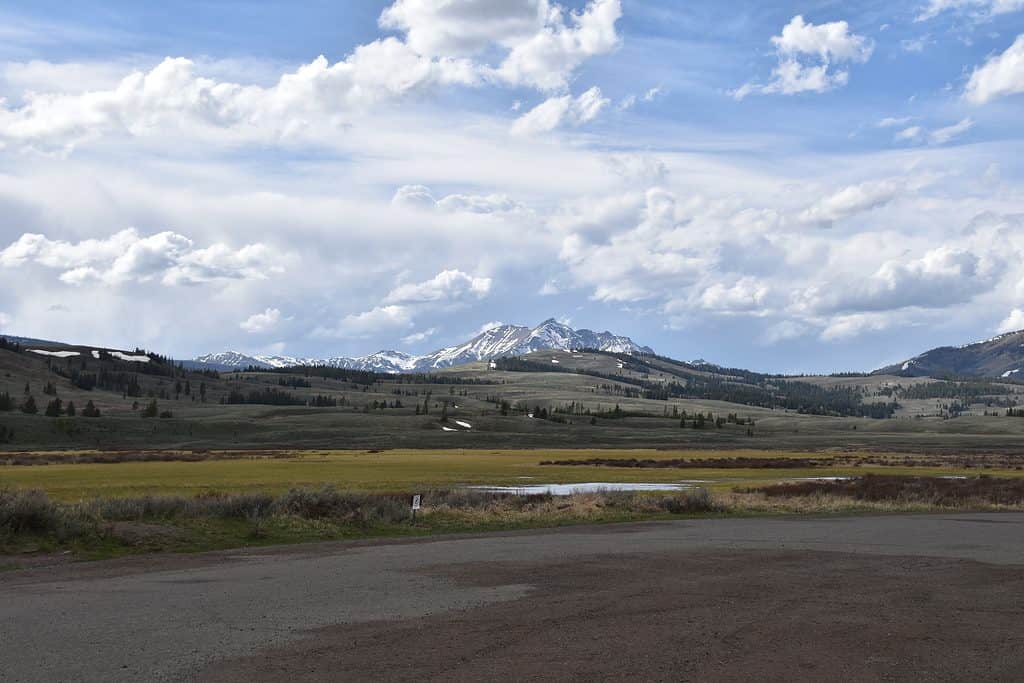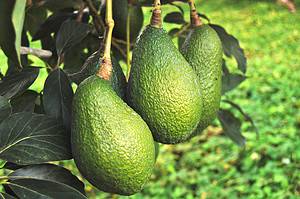“Lost Dakota” was a geographical oddity. It was a small parcel of land that the government overlooked during the division of the Dakota Territory. Some claim the territory was unwanted because it was “plagued by bears,” both black bears and grizzlies. The actual cause of the oversight, though, was most likely poor mapping and inaccurate surveys. Located a little over 11 miles South of what is now West Yellowstone, this triangular piece of wilderness has been a part of Montana since 1873.
History

The area that made up Lost Dakota was a sliver of land by the Continental Divide the government forgot to section off when they were dividing state territory.
©EQRoy/Shutterstock.com
In the 19th century, the federal government divided the Dakota territory into a collection of states: Montana, Idaho, Wyoming, and North and South Dakota. When the government initially carved out the Territory of Wyoming in 1868, they forgot to include a tiny sliver of the Dakota Territory bordered by the Continental Divide, the parallel at 44° 30′ North, and the 111th Meridian West. This was technically still part of the Dakota Territory, though it was over 300 miles from its western border.
Some have theorized that the territory would have made an excellent hideout for outlaws because of its apparent lack of legal oversite. This may have been the case, but the prevalence of grizzly bears and the small amount of freshwater (a 1-and-a-half acre pond) may not have made it an ideal location. Plus, one would have to get there, and it was in the middle of nowhere. As far as anybody knows, no fugitives took advantage of Lost Dakota’s unique position.
Wildlife

The area that makes up what was Lost Dakota is plagued by grizzly bears, or so it’s been said.
©toseeg/Shutterstock.com
While not the most hospitable of places, this territory is part of the Yellowstone ecosystem. This is one of the most ecologically diverse places in the United States and is home to 67 species of mammal, large and small. Apart from the grizzlies mentioned above, black bears, bison, moose, elk, bighorn sheep, gray wolves, wolverines, lynx, chipmunks, squirrels, and prairie dogs make the location home.
Additionally, this is an excellent location for many migratory birds, with nearly 150 species nesting in the park. This includes bald eagles, osprey, owls, golden eagles, falcons, woodpeckers, ravens, and the common loon.
Lost Dakota Today

Lost Dakota was a section of land at the tripoint of the states of Montana, Wyoming, and Idaho. Today, that area is part of Yellowstone National Park and Gallatin County, Montana. It is very likely near the Gallatin Mountain Range in the northwestern section of Yellowstone.
©Danae Abreu/Shutterstock.com
Now located in a section of Yellowstone, most of the area once called Lost Dakota is deforested due to fire. In 1988, Yellowstone’s North Fork Fire swept through, burning almost all the trees in this area at the crown level. The affected trees have been left to fall and decay, creating an environment for new growth because the old-growth forest there was of lodgepole pine that requires fire to propagate, though some areas have not recovered as well as others.
To this day, the “Lost Dakota” region in Yellowstone is uninhabited and has neither roads nor signs. It truly is a country fit for grizzlies.
The photo featured at the top of this post is © Danae Abreu/Shutterstock.com
Sources
- National Park Service, Available here: https://www.nps.gov/yell/planyourvisit/upload/YELL-GRTE-Tear-Off-Map-2022_508.pdf
- National Park Service, Available here: https://www.nps.gov/yell/learn/nature/1988-fires.htm
- National Park Service, Available here: https://www.nps.gov/yell/learn/nature/mammals.htm
- National Park Service, Available here: https://www.nps.gov/yell/learn/nature/birds.htm
- National Public Radio, Available here: https://www.npr.org/2010/04/02/125142955/beyond-50-american-states-that-might-have-been?sc=fb&cc=fp
- Wikipedia, Available here: https://en.wikipedia.org/wiki/Lost_Dakota
- Wikipedia, Available here: https://en.wikipedia.org/wiki/Yellowstone_fires_of_1988
Thank you for reading! Have some feedback for us? Contact the AZ Animals editorial team.






